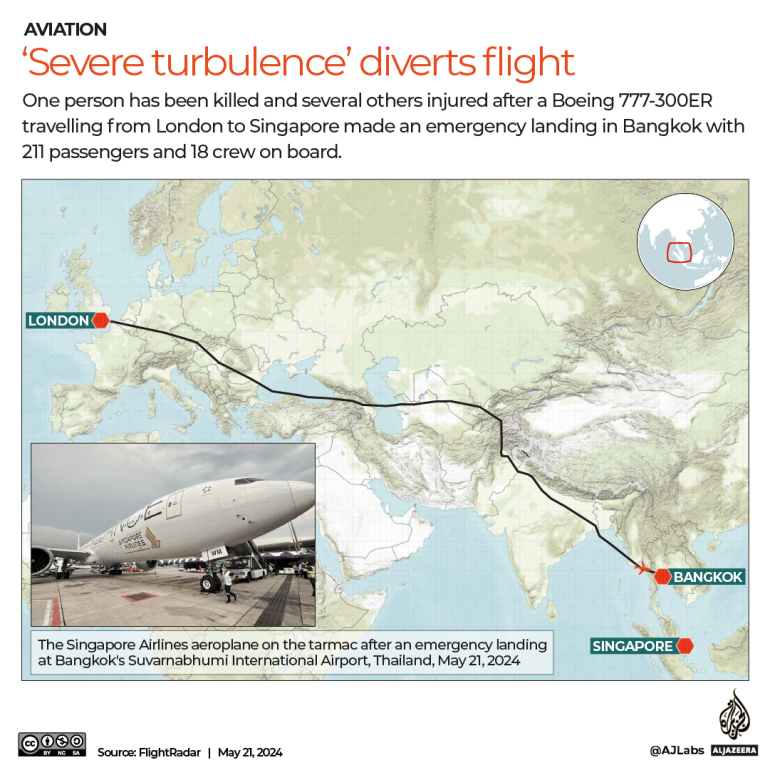Haze and landspout are among the year’s notable events.
2019 continued the warm trend seen in Singapore over the past decades. Since February 2018, Singapore’s monthly mean temperatures were above the respective monthly average for 23 consecutive months. The annual mean temperature in 2019 was 28.4°C. This was 0.9°C higher than the 1981-2010 long-term average, and equalled the previous warmest year record of 28.4°C set in 2016.
Four of the past five years are among the top 10 warmest years on record with respect to annual mean temperature, since temperature records began in 1929. Following closely behind the 2019 and 2016 joint warmest years are 2015, 1998 and 1997 as the joint third warmest years (28.3°C).

The mean temperature for the last 10 years from 2010 to 2019 was 27.94°C, surpassing the previous warmest decade (27.89°C from 2009-2018). Above-average temperatures were recorded in all months of 2019, with August (29.1°C) and September (29.0°C) breaking the record for the warmest August and September respectively (Figure 1). November 2019 (28.0°C) also tied the record for warmest November.
These temperature trends are in general agreement with the latest World Meteorological Organisation (WMO) Statement on the State of the Global Climate in 2019, which confirmed that 2019 was the second warmest year on record globally.
2019 was also particularly dry with below average annual total rainfall at most stations across the island. At the Changi climate station, the rainfall recorded was 1368 mm, which was 37 per cent below the 1981-2010 long-term average. This is the third driest year ever recorded since 1869.
These findings have been detailed in a review of Singapore’s weather and climate in 2019 released today by the National Environment Agency (NEA) Meteorological Service Singapore (MSS). The review summarises the main climatic features and notable weather events that affected Singapore in 2019 and is a prelude to the comprehensive Annual Climate Assessment Report, which will be released in conjunction with World Meteorological Day on March 2020. The review is available on the MSS website at www.weather.gov.sg.
Pacific and Indian Ocean Influences
Overall, 2019 was a neutral year for the El Niño Southern Oscillation (ENSO). At the start of the year, El Niño conditions were weak and the effect on global temperature from the end of 2018 to the start of 2019 was not warm and extensive enough to be attributed to a full-fledged El Niño event.
The year however saw the development of one of the strongest, positive Indian Ocean Dipole (IOD) events since the 1960s. A positive IOD typically contributes to drier, and consequently warmer, conditions over Singapore and the nearby region during the Southwest Monsoon season (June – September). Thus, the development of this IOD event since the middle of 2019 contributed significantly to the below-average rainfall and higher temperatures observed, especially during the third quarter.
Notable weather events in 2019
Occurrence of transboundary haze in September
For several days in September 2019, Singapore’s air quality was adversely affected by transboundary haze. Smoke haze from persistent land and forest fires in Sumatra and Kalimantan was blown by the prevailing winds and affected many parts of the region, including Singapore. The 24-hr Pollutant Standard Index (PSI) was within the high end of the Moderate and Unhealthy ranges, peaking at 154 in southern Singapore on 19 September, the highest recorded for the year.
The escalation of fires in the surrounding region was due to significantly drier-than-normal conditions in southern Southeast Asia during the Southwest Monsoon season. These conditions can be attributed to a prevailing IOD event and the intrusion of a dry air mass from high-pressure systems over the Australian continent.
First recorded landspout over Singapore
On 27 September, the first recorded landspout in Singapore was sighted at Gul Way in southwestern Singapore. A landspout is a rotating column of air over land that stretches vertically to a developing cumulonimbus cloud over it. On that morning, the development of intense thunderstorm clouds over the Tuas area generated a rotating column of strong winds at Gul Way that lasted for several minutes.
Longest Northeast Monsoon surge in past 10 years
In the first half of December, Singapore experienced an extended period of cool, cloudy and windy conditions. Between 9 and 15 December, a Northeast Monsoon surge brought periods of rain and showers over many parts of the island and were heavy on some occasions. Lasting about seven days, it was the longest monsoon surge episode affecting Singapore in the past 10 years.
Widespread rain fell continuously over the island over the 13 December weekend before dissipating on the evening of 15 December. The daily maximum temperature during the monsoon surge episode ranged between 26.5°C and 29.9°C on almost all days. The lowest daily minimum temperature during the period was 22.0°C on 11 December.









